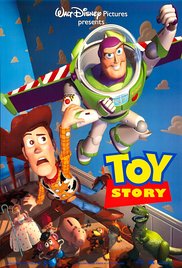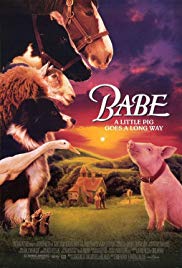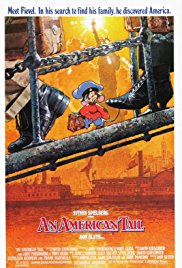Remember to treat a heartfelt opinion from a child with respect and, if you disagree, to gently and fully describe your reasons. Be flexible. If the child challenges your position and presents convincing reasons, change your mind.
Retell the Story: Let your child retell the story to you. Or retell the story yourself. Be aware of the themes of the story when you retell it. Stress them and try to engage your child in conversation about them. Use words that might not be in the child’s vocabulary and explain their meaning.
Add More Stories: Make up a different ending or create a new story using the characters from the film. Better yet, ask your child to make up a new ending. Or, the two of you can do it together. The new story can be based on themes from the movie, on your child’s interests or experiences, or on social-emotional lessons you want to stress. If a child wants to jump in and add facts and scenes to the new story, that’s great. Allow the child to take over the story and make it his or her own.
Act Out the Stories: A child can be encouraged to act out the story with or without other people assisting.
Play With Stuffed Animals and Toys: Encourage your child to select stuffed animals, dolls, puppets, or action figures to represent characters from the movie and use them to act out scenes from the movie or additional scenes that the two of you make up. (The toys selected don’t need to look anything like the characters in the film.) When you participate in this type of play, include situations which refer to the themes of the story and use words that will help expand vocabulary.





